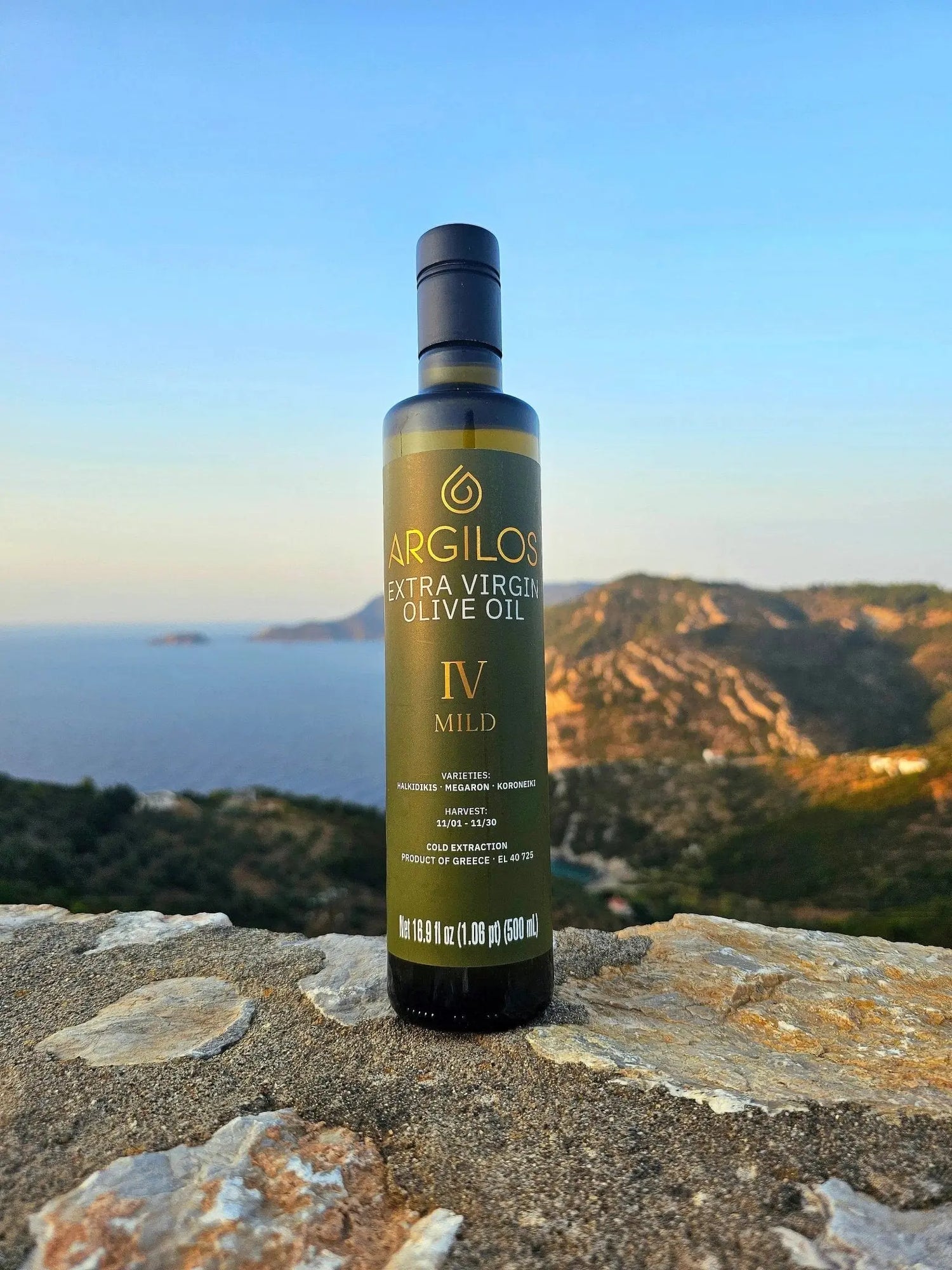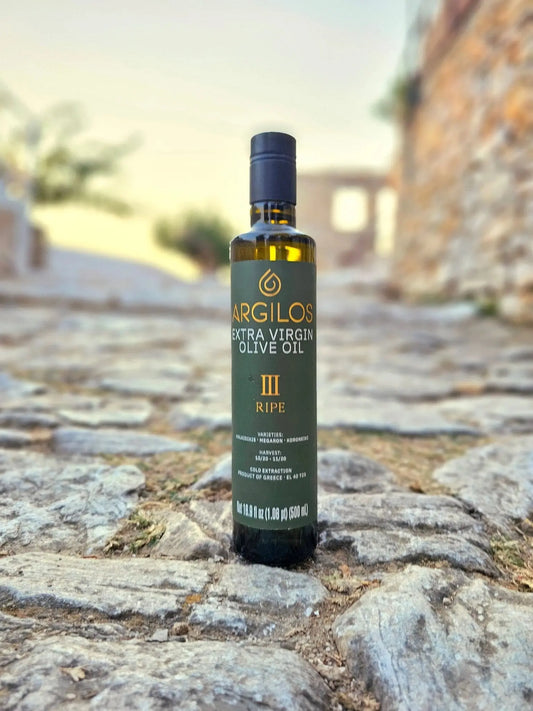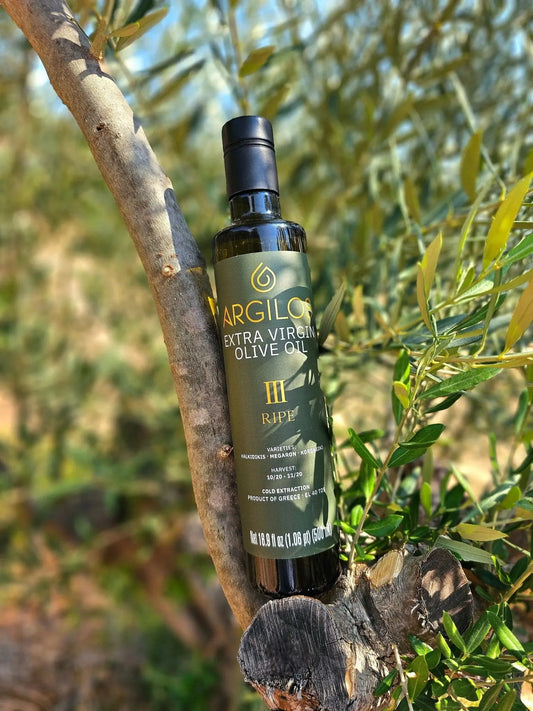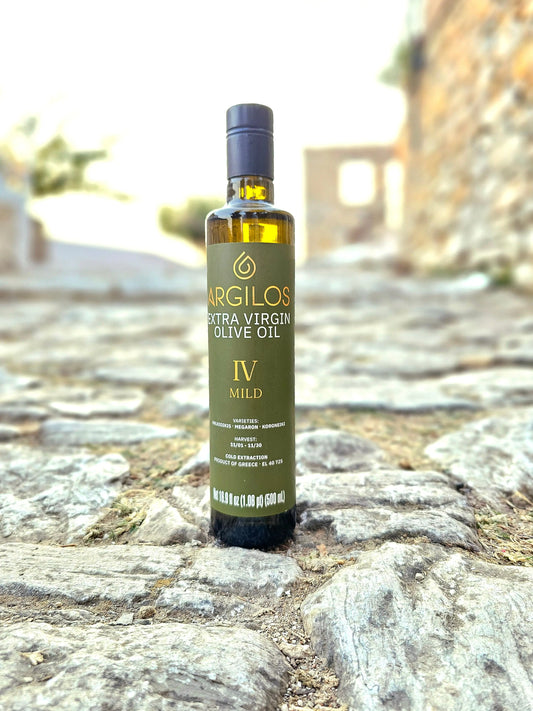
New Year's Celebrations in Ancient and Modern Greece: A Culinary Journey Through Time
Share
New Year's Celebrations in Ancient and Modern Greece: A Culinary Journey Through Time
New Year's celebrations in Greece are a rich blend of ancient traditions and modern practices, deeply rooted in the country’s cultural and historical heritage. From the time of the ancient Greeks to today, the way the Greeks mark the arrival of the new year has remained a joyous occasion full of rituals, feasts, and symbolic acts. Central to these celebrations are the delicious and meaningful culinary traditions that connect the people of Greece to their past, with Mount Pangaion serving as a backdrop to these time-honored practices.
-----------------------------------------
Vasilopita: The New Year's Cake
The Vasilopita is one of the most iconic and cherished traditions of New Year’s celebrations in Greece. This cake, traditionally baked on January 1st to honor Saint Basil (Agios Vasilios), is symbolic of the Greek people's desire for blessings and prosperity in the coming year. The most notable feature of the Vasilopita is the hidden coin (flouri), which is placed inside the cake before baking. The person who finds the coin in their slice is considered blessed with good fortune for the year ahead.
The name "Vasilopita" comes from "Vasilis," referring to Saint Basil, who was known for his charity and kindness. His feast day on January 1st, which coincides with the celebration of the new year, is a significant occasion for many Greek families. The tradition of Vasilopita began in the 4th century, during the time of Saint Basil, who was the Archbishop of Caesarea. According to legend, Saint Basil was known for distributing gold coins to the poor, and one story suggests that he once had to give away his treasure to appease greedy rulers. To distribute the coins in a fair and festive manner, it is said that the townspeople baked cakes and placed the coins inside. This practice evolved into the Vasilopita tradition, with the coin becoming a symbol of good luck and divine favor for the year ahead.
The custom of baking a cake or offering food to the gods during significant seasonal events, such as the beginning of the year, dates back to ancient Greece. While the modern Vasilopita is a distinctly Christian tradition, its connection to offerings made during the ancient Greek festivals to appease the gods is clear. The hidden coin can be seen as a continuation of the ancient Greek practice of symbolically placing good fortune and divine blessings inside food offerings.
Originally, the Vasilopita may have been a simple bread or cake, often containing a symbolic offering. Over the centuries, its ingredients evolved to include sugar, spices, and various flavorings, leading to the sweet cake that is recognized today. The coin’s role as a symbol of good luck remained central, although its placement and importance have become more ritualistic. Today, Vasilopita is often elaborately decorated, and it is commonly enjoyed at the New Year’s meal, where family and friends gather to share in the tradition.

------------------------------------------------------
Melomakarona: A Sweet Connection to the Past
Melomakarona, one of the most beloved Greek pastries, is a honey-soaked cookie made from a combination of flour, olive oil, orange zest, and spices, then soaked in a fragrant honey syrup and topped with walnuts. These cookies are especially popular during the holiday season, particularly around New Year’s celebrations.
The name “melomakarona” is derived from two words: "meli" (honey) and "makarona" (blessed or immortal). "Makaron," a term from ancient Greek, originally referred to a type of wheat-based bread or cake. It was associated with ancient offerings made to the gods, often to secure blessings for the people. The “meli” component refers to honey, which was highly prized in the ancient world not only for its sweetness but also for its medicinal properties and association with the divine.
Honey has ancient ties to Greek religious rituals, where it was often offered as a gift to gods like Demeter, the goddess of agriculture, and Apollo, the god of the sun and music. In fact, honey was considered a symbol of prosperity, longevity, and purity. The evolution of melomakarona as a holiday treat, therefore, can be seen as a continuation of the use of honey in food offerings to the gods.
The tradition of making sweet cakes or cookies soaked in honey has been passed down through centuries, from the ancient Greeks to the modern Greeks. Initially, the cookies were likely simple, made with basic ingredients like flour, water, and honey. Over time, as Greece absorbed various culinary influences, ingredients such as olive oil, orange zest, and spices like cinnamon were incorporated into the recipe. These additions transformed melomakarona into the modern version we recognize today, which is a perfect blend of sweetness, spice, and texture.
Like many other Greek treats, melomakarona is not just a delicious pastry but also a symbol of Greek hospitality. Its widespread presence at New Year’s celebrations underscores the Greek emphasis on sharing food as a means of bringing people together and celebrating community and good fortune for the coming year.
---------------------------------------------
Kourabiedes: Almond Butter Cookies
Kourabiedes are another important part of the Greek culinary tradition, particularly during the Christmas and New Year’s season. These rich, buttery cookies, typically flavored with almonds and dusted with powdered sugar, are enjoyed by families across Greece during festive celebrations.
The word “kourabiedes” comes from the Turkish word "kurabiye," which means cookie or biscuit. This reflects the Ottoman influence on Greek cuisine, which was significant during the period of Ottoman rule over Greece. However, while kourabiedes have their origins in the Ottoman Empire, their recipe was adapted by the Greeks to include almonds, butter, and sometimes brandy or rosewater, reflecting the flavors and ingredients that were available in Greek kitchens.
Almonds, which are featured prominently in kourabiedes, were prized in ancient Greece not only for their flavor but also for their symbolic significance. Almonds were seen as a symbol of fertility, good health, and prosperity, making them an ideal ingredient for festive cookies meant to bring blessings in the new year. In fact, almonds were often used in ancient Greek religious offerings, and their continued use in kourabiedes connects this tradition to the ancient practice of using food to symbolize divine favor.
Kourabiedes likely evolved from simple almond biscuits or cakes that were baked during festive occasions in the Byzantine and Ottoman eras. Over time, as ingredients like butter and powdered sugar became more widely available, the cookies took on their modern form. The addition of brandy or rosewater further refined the flavor profile, turning them into the indulgent, melt-in-the-mouth treat that we know today. The tradition of dusting the cookies with powdered sugar also became symbolic of snow, further linking the treat to the winter season and the festive spirit of the New Year.
While kourabiedes are enjoyed year-round, they are particularly associated with New Year's celebrations, where they are shared among family and friends. Like melomakarona, they embody the spirit of Greek hospitality, as offering these rich cookies is a way to express good wishes for health, happiness, and prosperity in the coming year.













